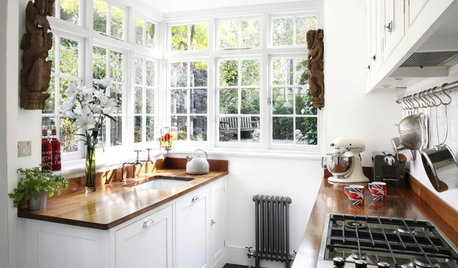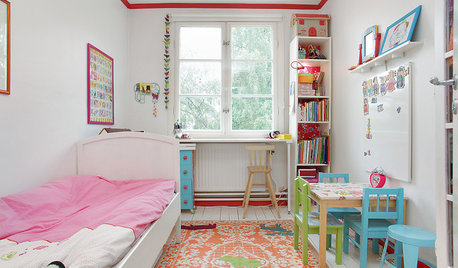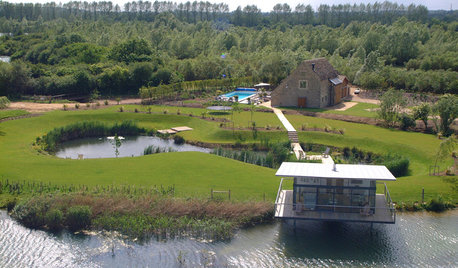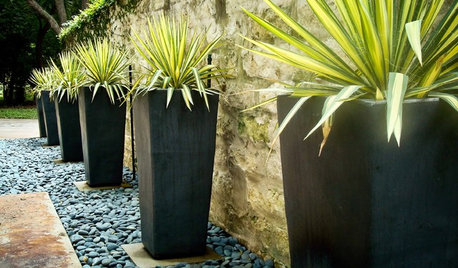What was I thinking?
morgan_3
12 years ago
Featured Answer
Comments (17)
mr_yan
12 years agolast modified: 9 years agoRelated Professionals
Maple Valley Landscape Architects & Landscape Designers · Walnut Landscape Architects & Landscape Designers · Burlington Landscape Contractors · Lakeland Landscape Contractors · Barrington Landscape Contractors · Cicero Landscape Contractors · Fairhope Landscape Contractors · Fort Wayne Landscape Contractors · Palos Verdes Estates Landscape Contractors · Yukon Landscape Contractors · Brownsville General Contractors · Erie General Contractors · Exeter General Contractors · Foothill Ranch General Contractors · Westerly General Contractorsmorgan_3
12 years agolast modified: 9 years agosbryce_gw
12 years agolast modified: 9 years agoPeterK2
12 years agolast modified: 9 years agomorgan_3
12 years agolast modified: 9 years agomr_yan
12 years agolast modified: 9 years agosbryce_gw
12 years agolast modified: 9 years agomorgan_3
12 years agolast modified: 9 years agomarshallz10
12 years agolast modified: 9 years agoequinoxequinox
12 years agolast modified: 9 years agomarshallz10
12 years agolast modified: 9 years agoPeterK2
12 years agolast modified: 9 years agomorgan_3
12 years agolast modified: 9 years ago11otis
12 years agolast modified: 9 years agomr_yan
12 years agolast modified: 9 years agomorgan_3
12 years agolast modified: 9 years ago
Related Stories

GARDENING GUIDESNew Ways to Think About All That Mulch in the Garden
Before you go making a mountain out of a mulch hill, learn the facts about what your plants and soil really want
Full Story
PETSSo You're Thinking About Getting a Dog
Prepare yourself for the realities of training, cost and the impact that lovable pooch might have on your house
Full Story
SMALL KITCHENS10 Things You Didn't Think Would Fit in a Small Kitchen
Don't assume you have to do without those windows, that island, a home office space, your prized collections or an eat-in nook
Full Story
DECORATING GUIDESPro to Pro: Learn Your Client’s Thinking Style
Knowing how someone thinks can help you determine the best way to conduct an interior design presentation
Full Story
LIFEStop the Toy Takeover by Changing the Way You Think
Make over your approach and get gift givers onboard with your decluttering efforts by providing meaningful toy alternatives
Full Story
MODERN ARCHITECTUREBuilding on a Budget? Think ‘Unfitted’
Prefab buildings and commercial fittings help cut the cost of housing and give you a space that’s more flexible
Full Story
BATHROOM WORKBOOKStandard Fixture Dimensions and Measurements for a Primary Bath
Create a luxe bathroom that functions well with these key measurements and layout tips
Full Story
MODERN ARCHITECTUREHouzz Tour: Creative Thinking Yields a Lakefront 'Living Room'
Careful planning leads to a new structure and location for a stellar view
Full Story
CONTAINER GARDENSWant Compelling Garden Minimalism? Think One Plant, One Pot
Highlight a show-worthy stunner or elevate a pedestrian plant by giving it a solo starring role in the garden
Full StoryMore Discussions







sbryce_gw